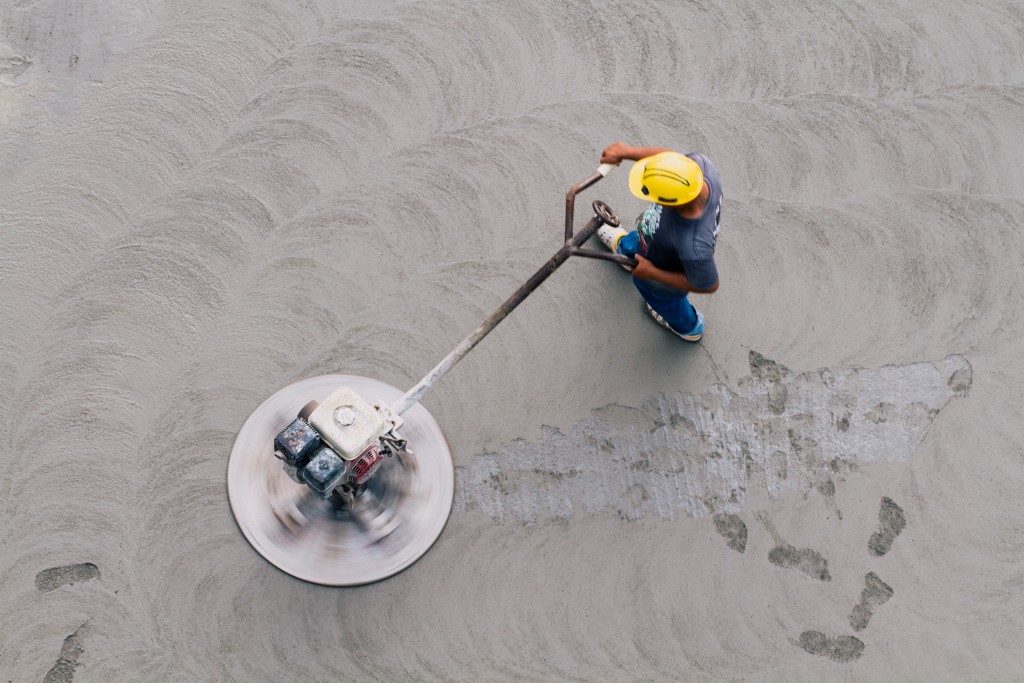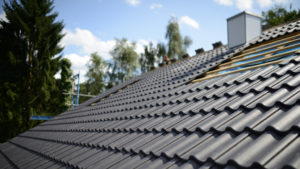Concrete fails for several reasons, but one thing remains certain: You should always do something about it before it’s too late. If you see cracks in your concrete that are too big or too many to ignore, call your trusted provider of concrete repair in Utah right away. But before you do, you should know why your concrete is failing and what are the possible ways to fix it.
1. Plastic Shrinkage Cracks
Early cracks in concrete usually stem from plastic shrinkage. When concrete is poured, it stays in a plastic state for a certain period. In the plastic state, concrete is still hard and full of water. When the water-filled concrete hardens during the curing stage, the concrete shrinks and causes stress on the slab. Consequently, the concrete will pull apart and crack to releases tension.
A good way to avoid plastic shrinkage cracks is to use just the right amount of water when mixing concrete. Otherwise, the excess water will cause the concrete to shrink even more upon hardening.
2. Heaving
Cracks can also be caused by the movement of the ground due to freeze and thaw cycles. When the ground is frozen, it can cause the concrete slab to lift slightly. When the ice thaws, the concrete will settle back into its original plane. Slabs that are placed on areas where it cannot move with the soil often experience heaving cracks. Large tree roots can also crack the concrete over time.
3. Expansion Cracks
Concrete tends to expand in scorching weather, which then causes the slab to crack. Expanding concrete can also push against surrounding structures and other concrete slabs. To avoid cracks due to expansion, enough space should be left between slabs to allow expansion. This space is called the expansion joint, also known as an isolation joint. The depth of these spaces is filled with compressible material that will not crack upon expansion.

4. Overloaded Slabs
Excessive weight or force on top of the slab can also cause it to crack. But in residential areas, cracks due to overloading rarely happen. However, the soft ground underneath the concrete can cause the slab above to crack if a heavyweight is placed on top of it. Hence, it is crucial to avoid excessive groundwater from draining into the soil underneath.
5. Premature Drying
You can recognize cracks that are caused by premature drying because they look like spider webs or shattered glass. These cracks occur when the slab dries too quickly, especially if you are pouring concrete in sweltering weather. Unfortunately, you cannot repair these cracks, but you can avoid them when you’re laying down the concrete. To do this, make sure the concrete has enough water so that it doesn’t dry too quickly. It also helps if you work during the coldest parts of the day.
Cracks in the concrete don’t always mean there’s a problem with the slabs, but you should never ignore them. It’s better to have it checked by professionals immediately than risk making the damage worse.



















